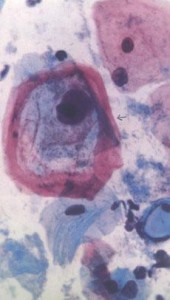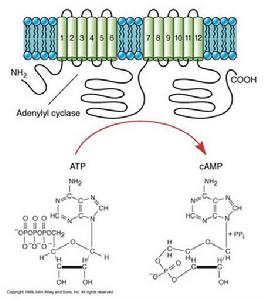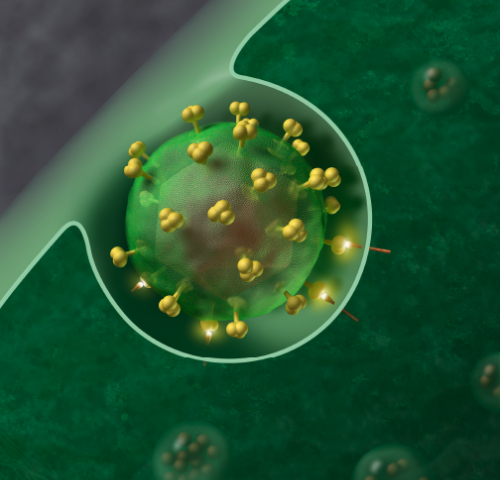STD hospital clinical evidence of herpes simplex virus can cause a variety of human diseases, such as gingivostomatitis, keratoconjunctivitis, encephalitis and reproductive tract infections and neonatal infections. After the infected host, often establish latent infection in nerve cells, activation and then will appear asymptomatic detoxification, maintaining the chain of transmission in the population.

Scientific findings establish the effectiveness of Envigo’s new approach to investigate the protective effects of vaccine candidates and anti-viral microbodies and to study asymptomatic primary genital HSV-2 infection
A scientific collaboration between Envigo and the Department of Infectious Disease at the University of Gothenburg, Sweden has unveiled study findings into rat models and their susceptibility to intra-vaginal herpes simplex virus-2 (HSV-2) infection. A synopsis of the study and its conclusions are outlined in a poster entitled “Novel rat models to study primary genital herpes simplex virus-2 infection.”
Sheryl Wildt, Envigo’s Global Manager of Genetic Quality and Breeding, commented:
”There is an urgent need for a vaccine against herpes simplex virus type-2 (HSV-2), not only because HSV-2 is a common sexually transmitted virus, but also because HSV-2 infection facilitates transmission of HIV. Limitations to HSV-2 genital mouse models and guinea pig models led us to investigate whether our Envigo rat stocks or strains were susceptible to HSV-2 infection and, if so, to determine if attenuated HSV-1 could serve as a protection against symptomatic HSV-2 infections in susceptible animals. To our knowledge, there are no previous studies describing rats as a genital model of HSV-2 infection”.
The Envigo study demonstrated that several Envigo rat models are susceptible to genital HSV-2 infection, with the outcome varying between different stocks or strains. The F344/NHsd strain proved to be the most susceptible and may be suitable as an alternative or complementary animal model for efficacy studies for prophylactic vaccine candidates. The Hsd:Sprague Dawley® SD® stock, being the least susceptible, can be used to study protective immune mechanisms involved in the primary asymptomatic HSV-2 infection. This model also has the potential to recapitulate the human genital HSV-2 infection. Furthermore, Envigo also investigated if prior HSV-1 infection is protective against HSV-2 infection. All HSV-2 infected rats previously infected with attenuated HSV-1 survived and developed no genital or systemic symptoms.
Consequently, the described Envigo rat models provide a new approach to investigate the protective effects of anti-viral microbicides and vaccine candidates as well as to study asymptomatic primary genital HSV-2 infection.



